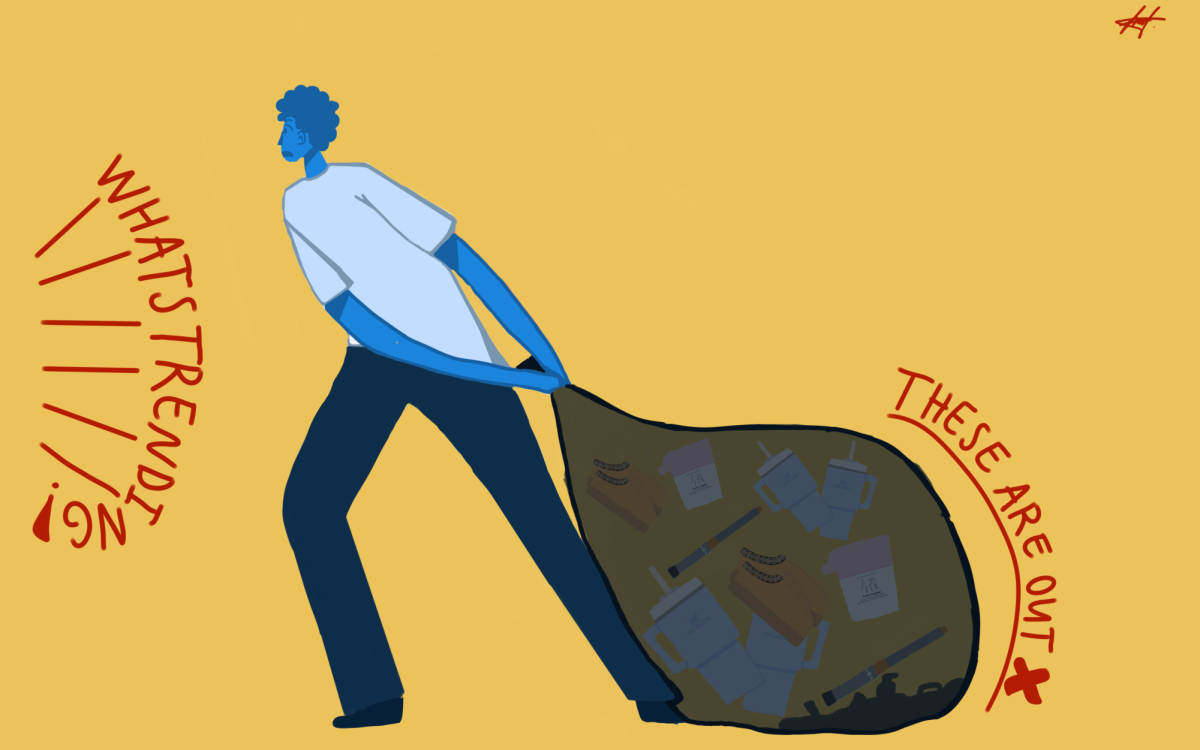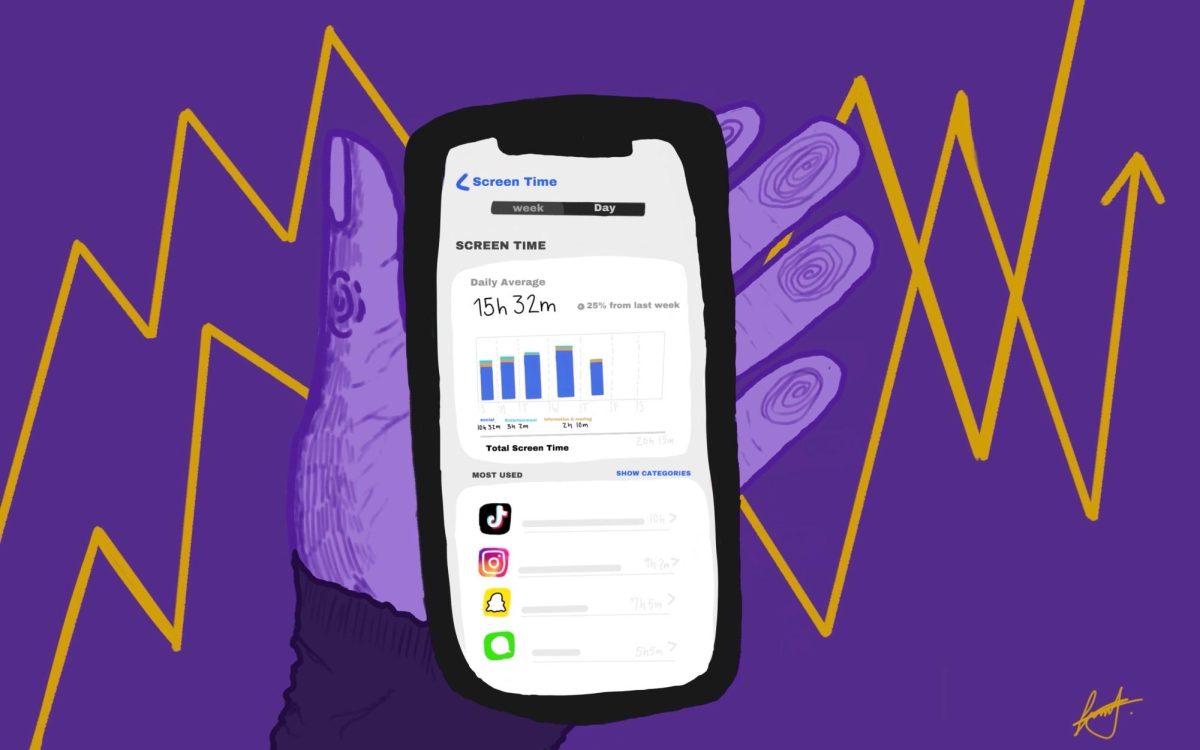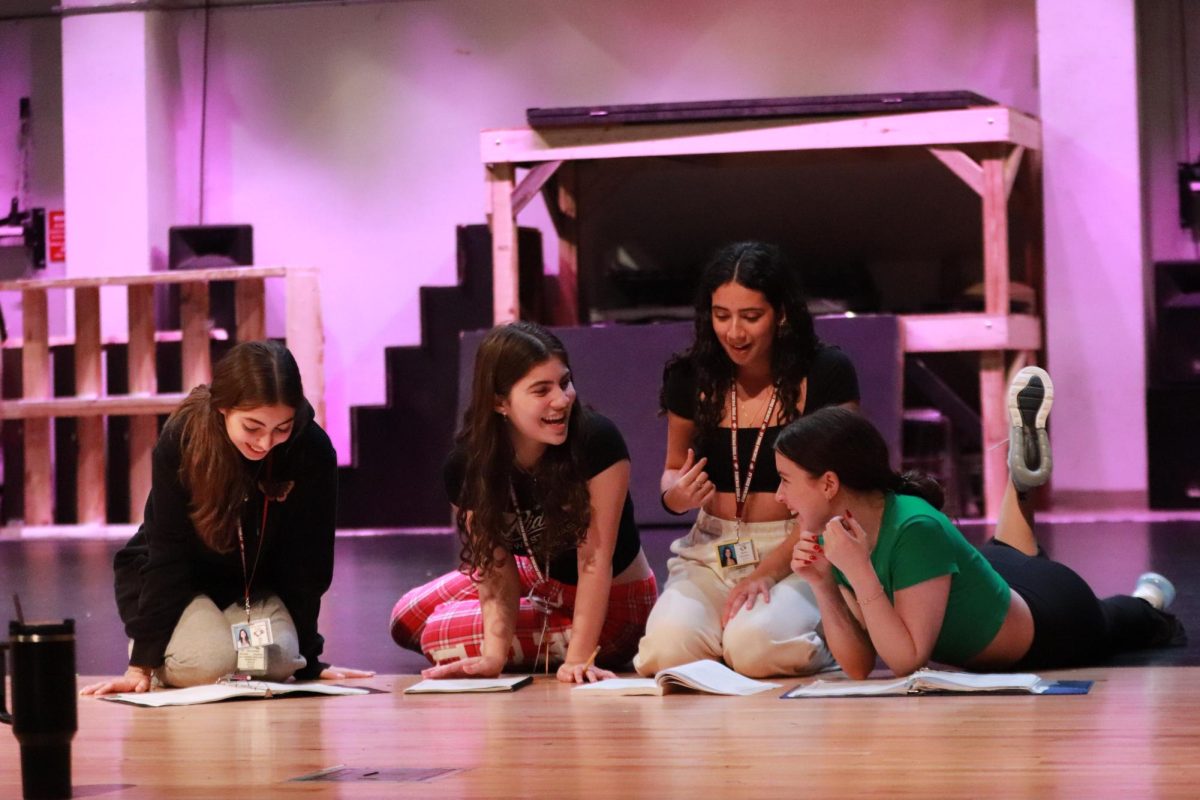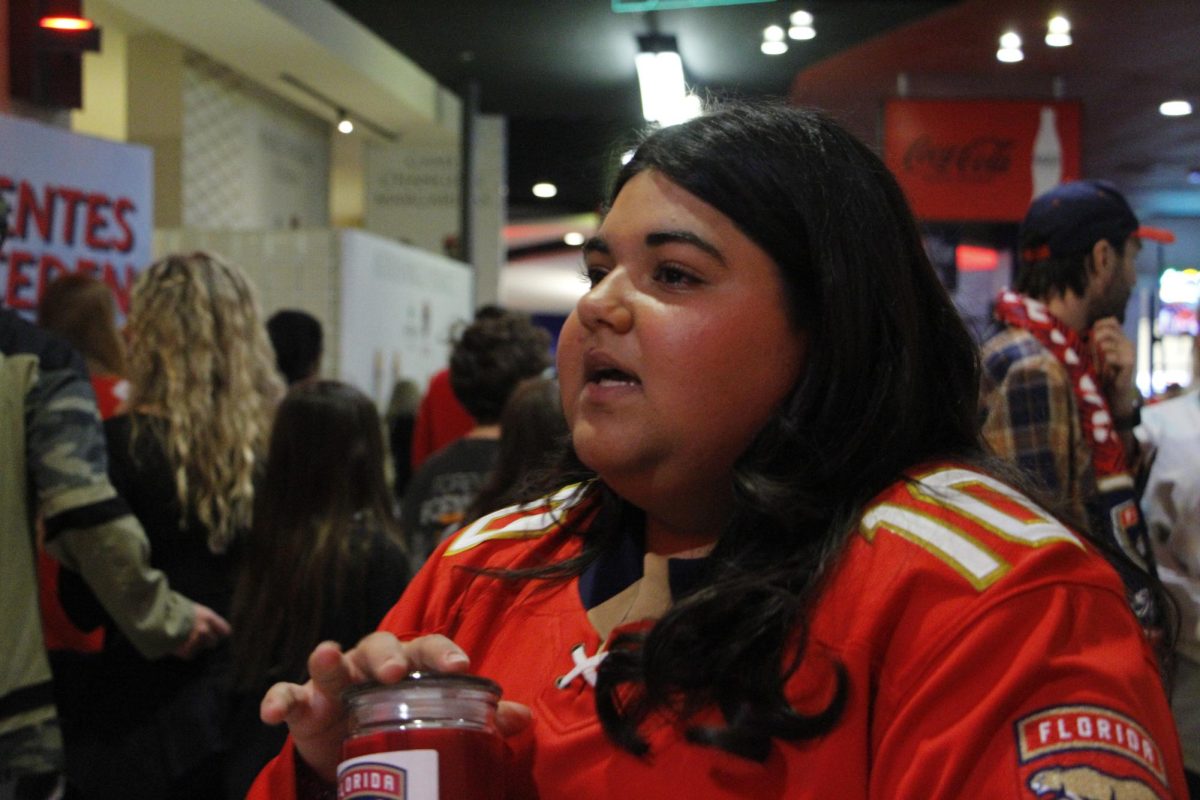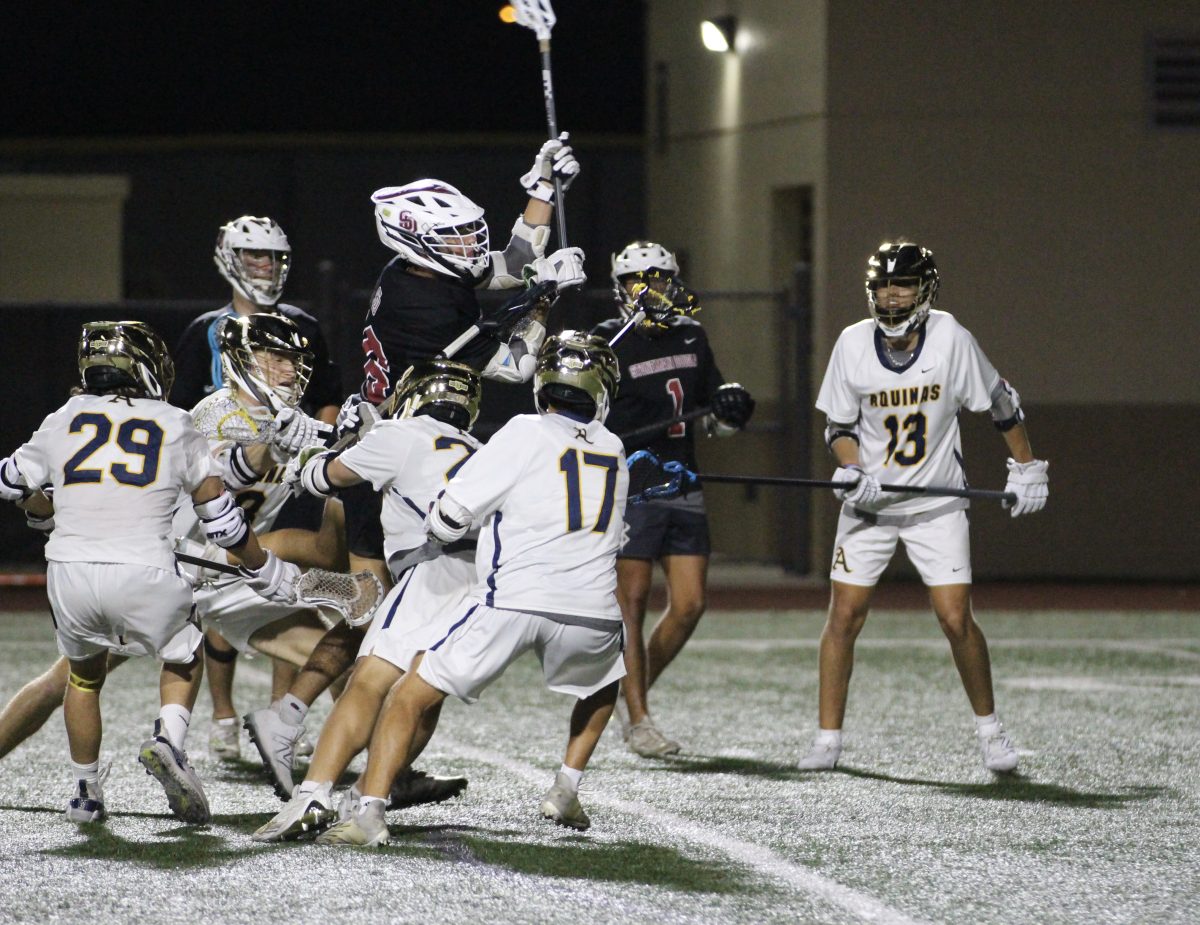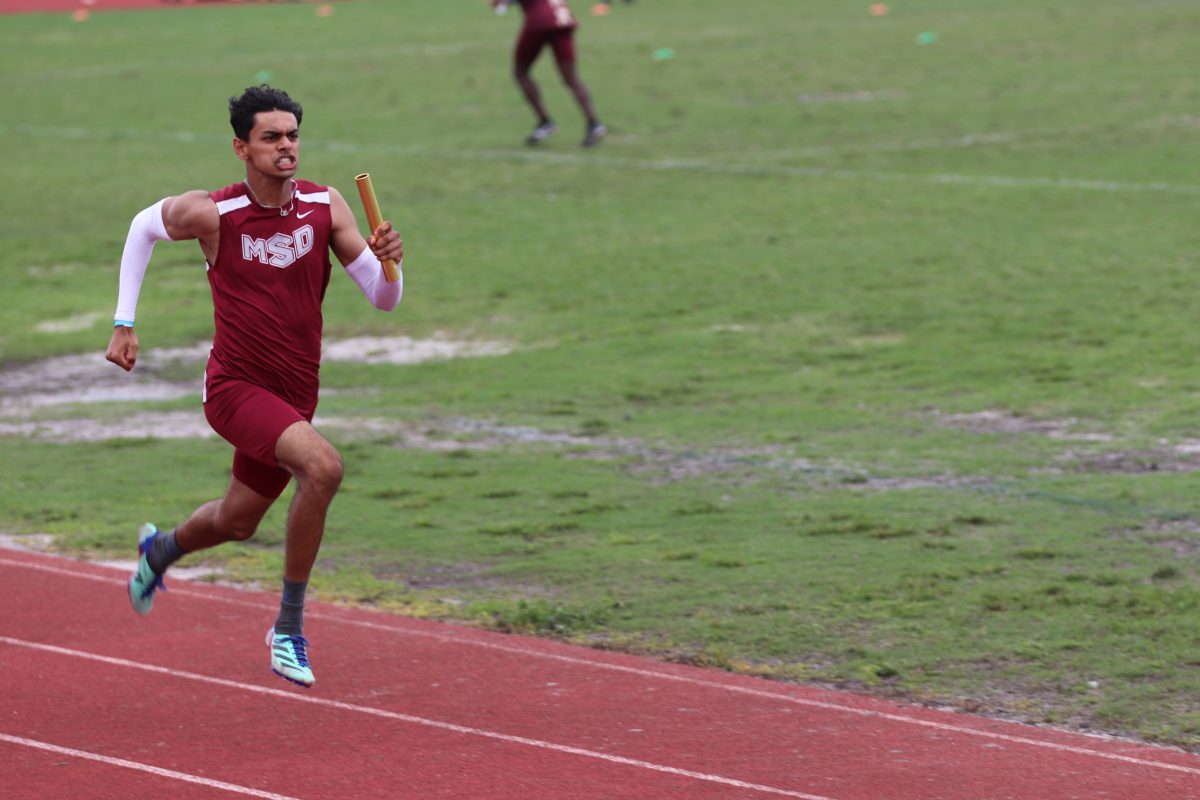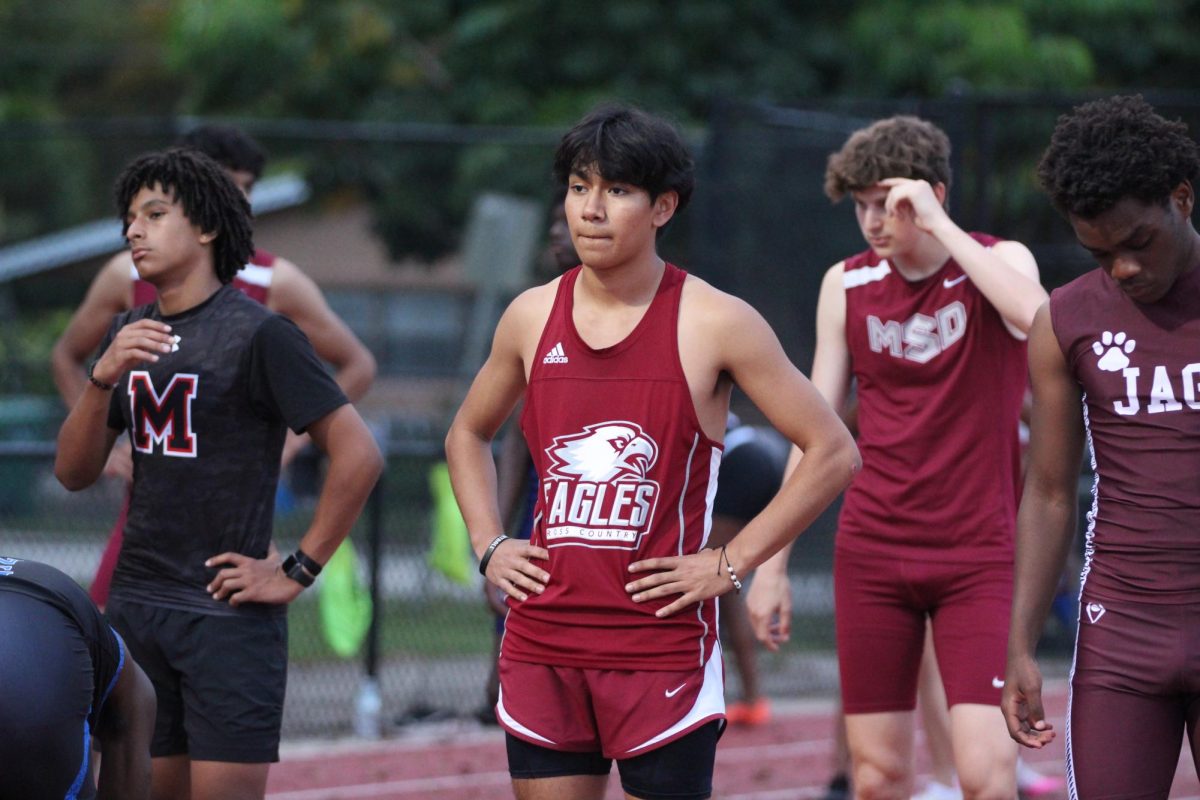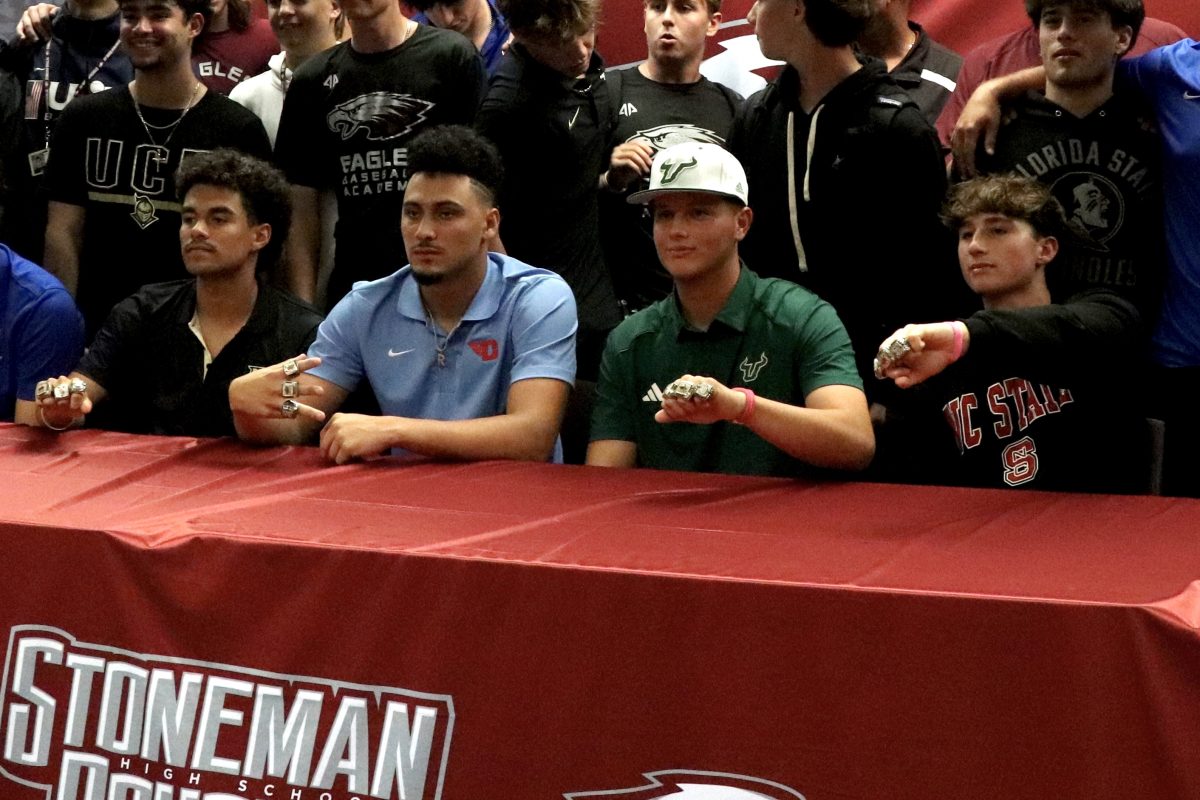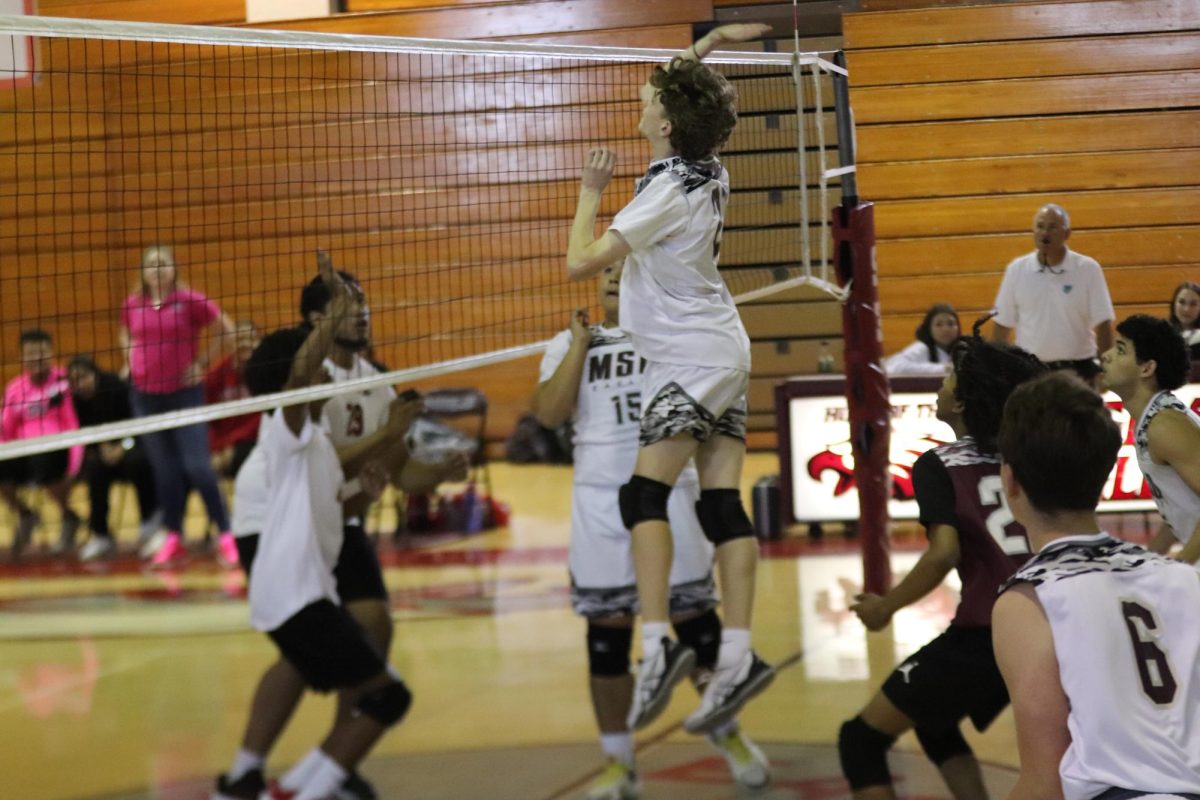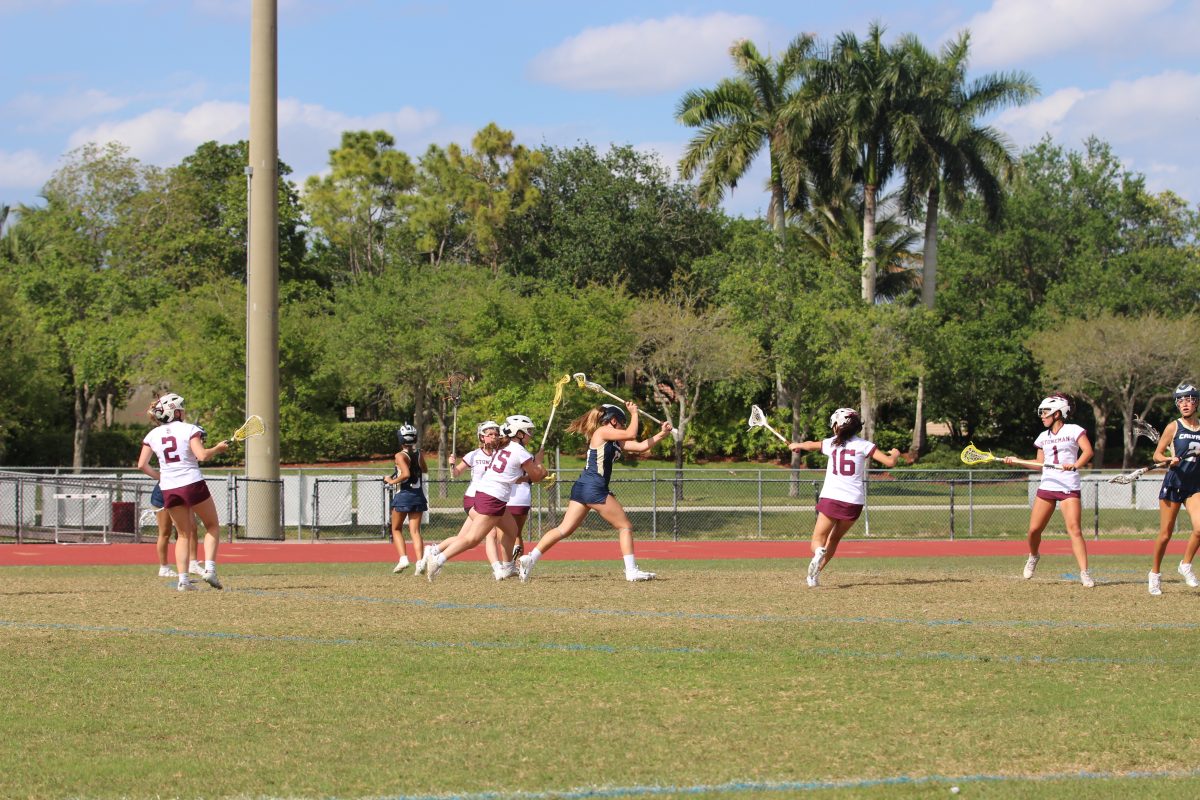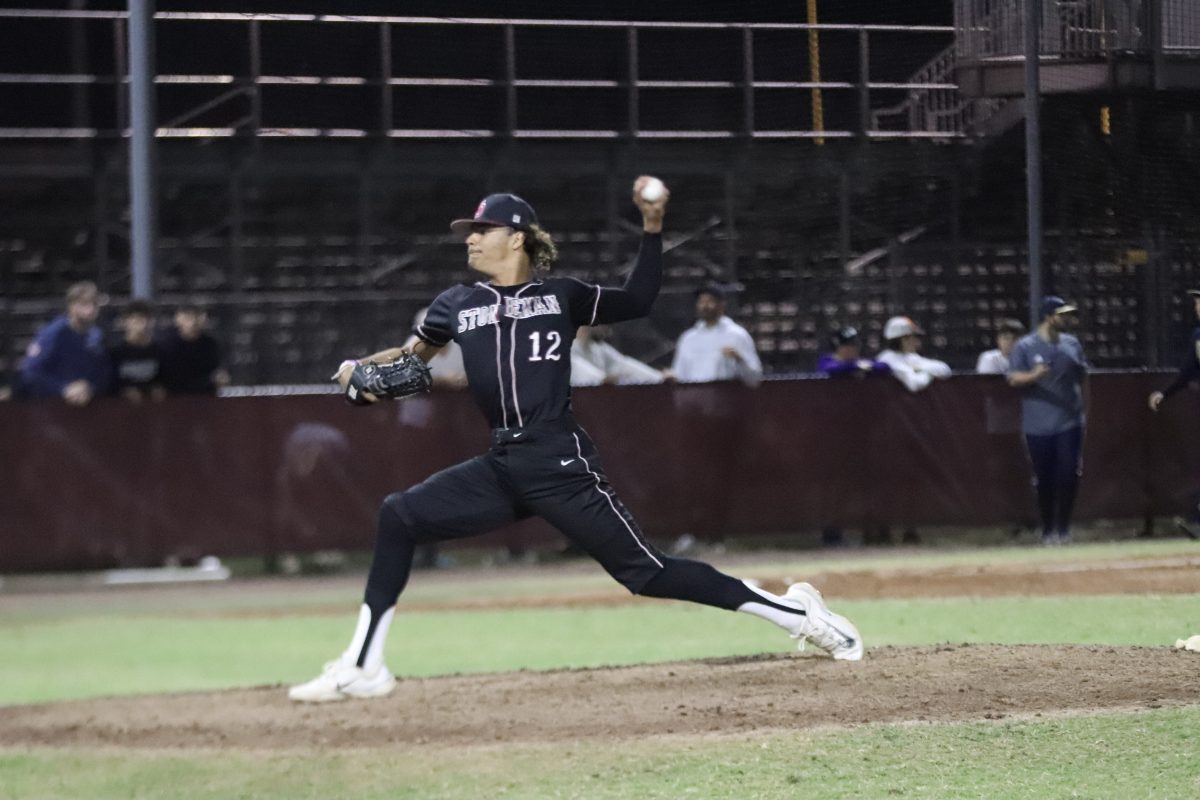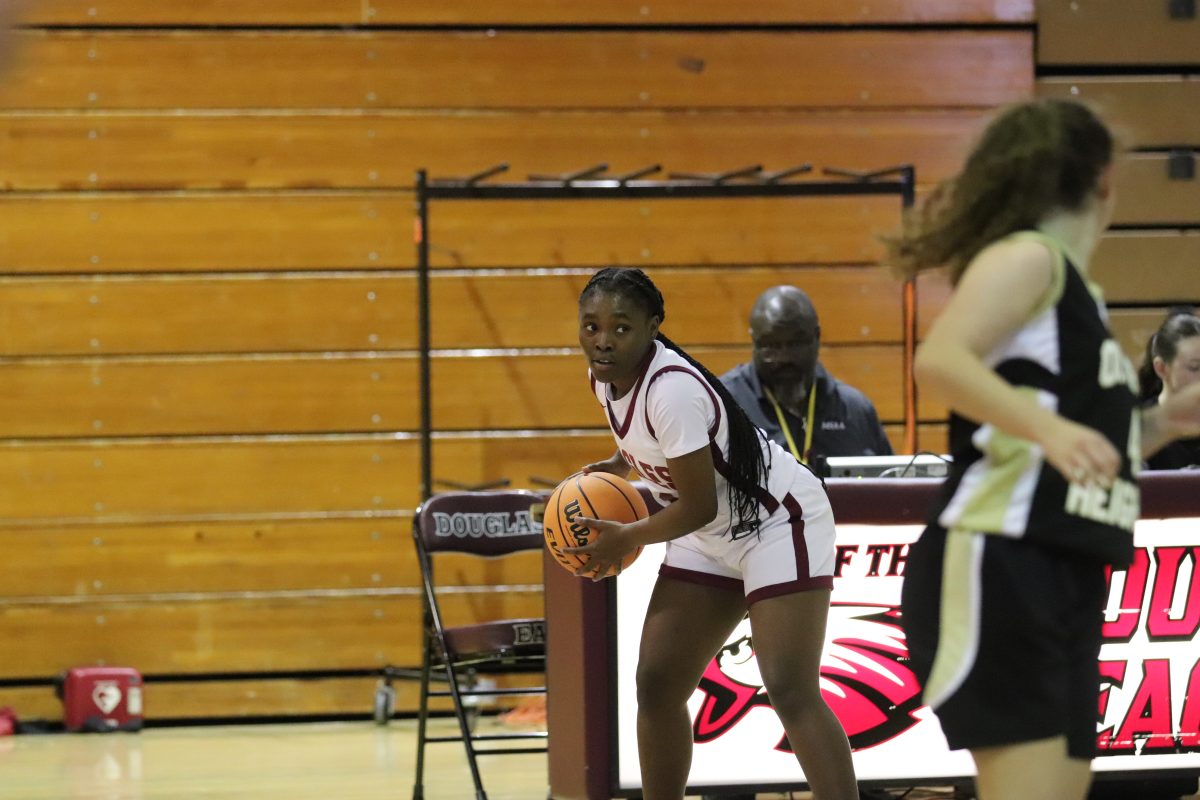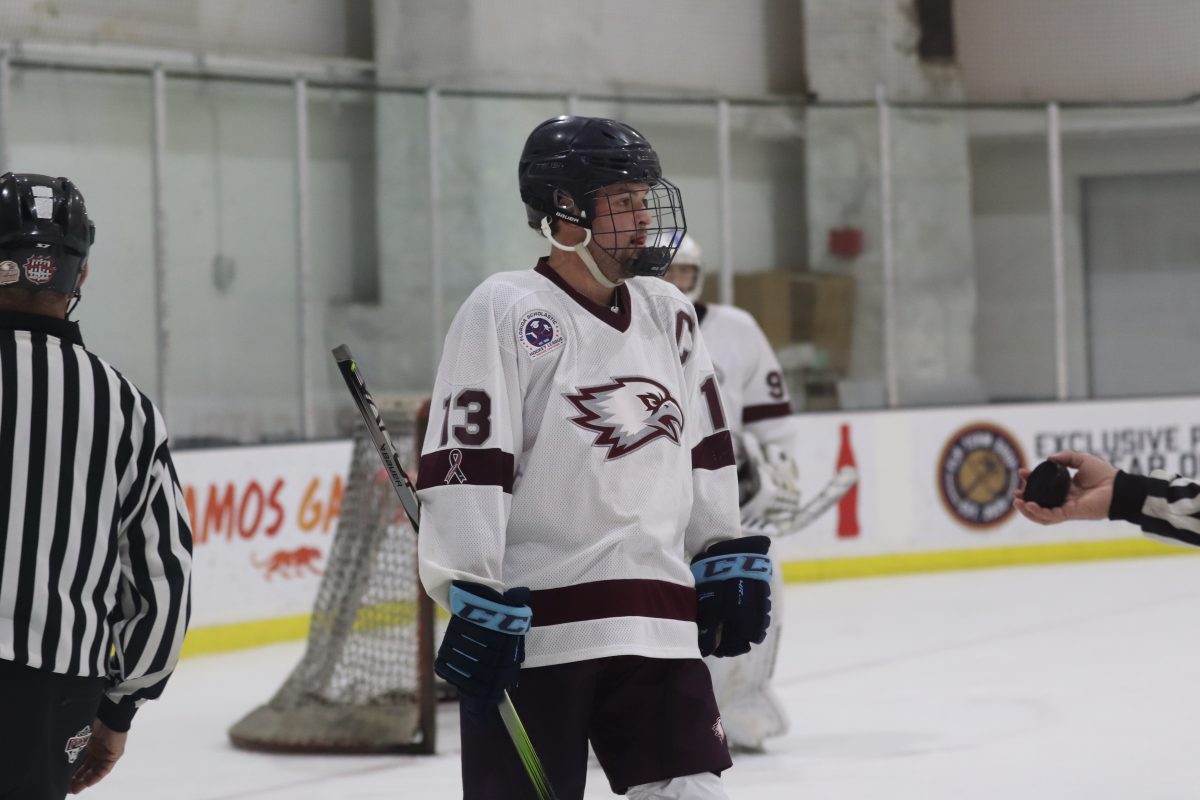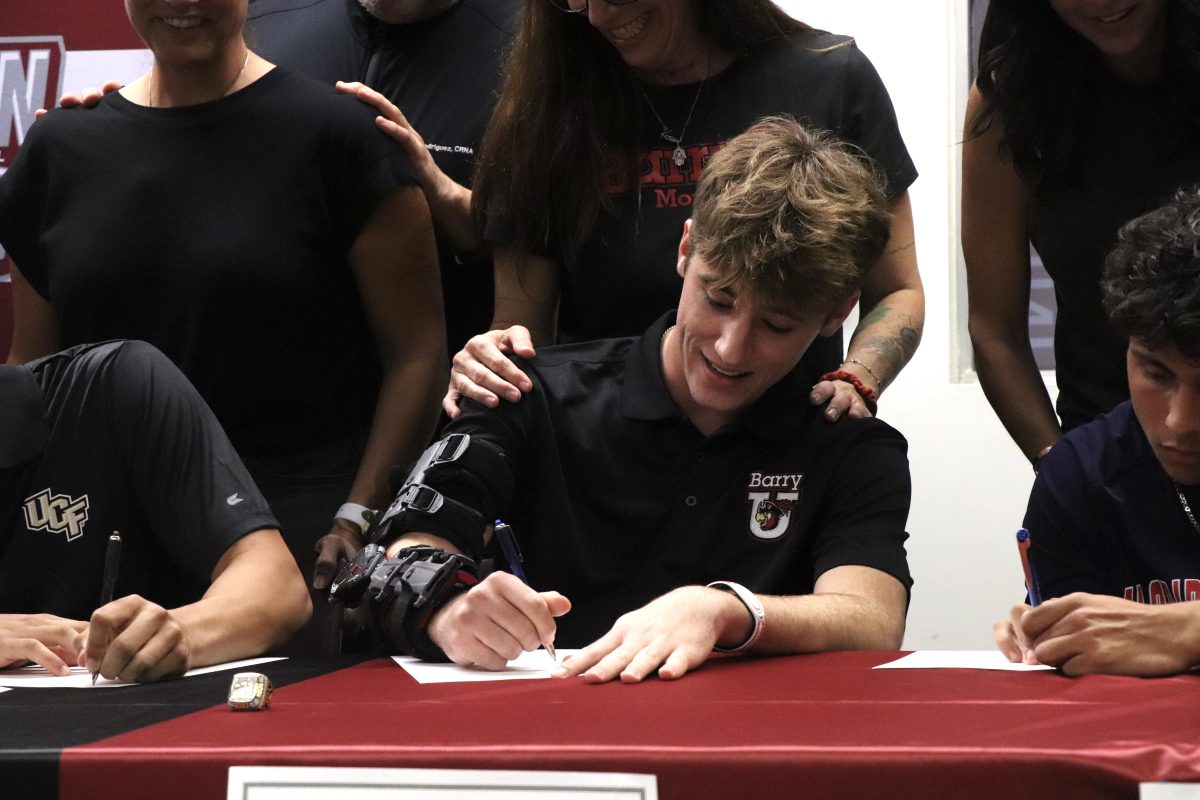The sidelines at a lacrosse game had never been so quiet. Before the uproar died, attack Lilly Shortz (20) looked to the goal with only 30 seconds left in the game. Down by two goals, she cradled the ball in her lacrosse stick as she saw two opposing players running towards her from either side. Waiting for the blow of the hit, Shortz was unprepared for the popping feeling in her knee. Before she knew it, she was on the ground, cradling it in agonizing pain.
Shortz knew something was wrong. After being helped off the field, Shortz’s mom rushed her to the doctor and got her an MRI. She found out she had torn her anterior cruciate ligament, the tissue that connects the thighbone to the shinbone at the knee.
“My coach had also torn her ACL, so she knew before I had even gotten scanned what my diagnosis would be,” Shortz said. “I went to a pediatric orthopedic surgeon who luckily got us in with a doctor, and I was put on crutches until I got surgery.”
After surgery and equipped with a full knee brace, Shortz was unable to play lacrosse for at least nine months. Weekly physical therapy and consistent stretching became part of her schedule, along with checkups and sitting on the bench to support her teammates.
“I was really sad that I had to take the sidelines because I could not play lacrosse, but I also could not do other things like skiing and wakeboarding,” Shortz said. “My arms hurt from the crutches, and I had a hard time focusing in class because my knee was constantly uncomfortable from being straight or bent for too long. It also just sucked seeing all my friends play lacrosse, but I couldn’t.”
Out of the 30 million children and teens that participate in sports in the United States, approximately 1.2 million suffer from sport-related injuries, according to the John Hopkins Medicine website. Many teens, including Marjory Stoneman Douglas High School athletes, end up in casts from the physical trauma caused by sports, cutting their athletic seasons short.
“I was very upset about it [my injury] and I couldn’t go to the gym to get better everyday either,” pitcher Luke Cherry (1) said, who endured a shoulder superior labrum anterior and posterior tear playing baseball.
Although some sports are more physical and commonly result in bone fractures, there are also thousands of different injuries one can endure besides a broken limb. Repeated motion of a muscle can lead to injury and is the most common cause of injury in the U.S., according to orthopedic surgeon Dr. Brandon Shallop.
Shallop, who is fellowship trained in sports-medicine, points out that there is no offseason for Florida athletes. With 365 days of warm weather sports can be played year round, muscle and tendon sprains are common amongst high school athletes.
“Overuse injuries could lead to long-term consequences, and with so many kids playing without an offseason, overuse injuries are undervalued,” Shallop said. “Our bodies are not designed to do that.”
Some students overexertion of their muscles can lead to bigger injuries. Senior Jayden Thuraisingham has Degenerative Disc Disease in his L5, or lumbosacral, joint. According to the UC Davis Health Spine Center website this disease involves the “gradual loss of normal structure in the structure and function of the spine over time.”
Before Thuraisingham knew that he had this disease, he thought it was just muscle pain. However, when the pain got so severe that he could not get out of bed, he decided to see a doctor.
“With the way I swung the golf club, repeatedly, it was deteriorating my back, and I almost cracked a vertebrae,” Thuraisingham said. “My coaches and teammates didn’t realize how serious my injury was until my diagnosis.”
Sport-related injuries at a young age can be devastating. Students who play high-contact sports like football, lacrosse, basketball and hockey are at risk of long-term injuries. Multiple concussions can lead to brain damage and other neurological issues. While many students enjoy playing sports, the lasting effects of injuries can be carried with them into adulthood.
“A lot of younger sport-related injuries turn into advanced arthritis, which is wear and tear of the cartilage and different joints, and leads to pain and stiffness when [student athletes] get older,” Shallop said. “We have to mitigate those symptoms using different medical managements to keep [older patients] active while the pain in their joints is catching up to them.”
MSD follows Florida High School Athletic Association regulations when it comes to injuries. The FHSAA 2023-2024 bylaws, policies 40-43, detail the symptoms, treatments, removal procedures, recovery periods and sanctions for coaches regarding concussions, exertional heat illness and sudden cardiac arrest.
The bylaws say that in the situation that a player is suspected of having a concussion, coaches must follow the “Heads Up” four-step action plan, which involves removing an athlete from play, evaluating them by a health-care professional, informing their parents about a possible concussion and keeping them out of play until they have been cleared by a health-care professional.
“The one thing I want to do [when a player is injured] is make sure they’re okay, so for example if it’s a severe injury we want to make sure they are not going into shock or bleeding,” men’s Cross Country and Track coach Michael Mauro said. “Once we [the coaches] assess the injury, we establish whether we need to treat the injury immediately, if we need to send the athlete to urgent care or the trainer and how long or short of an injury it is going to last.”
In an effort to prevent injuries, Broward County Public Schools requires all student athletes to complete National Federation of State High School Associations courses that cover all illnesses listed in the FHSAA Bylaws. Before students are able to play, they have to get a physical from their physician and take imPACT tests, which stands for immediate post-concussion assessment and cognitive testing. According to the University of Pittsburgh Medical Center, “It’s the most effective tool for comparing a person’s neurocognitive state before a concussion occurs.”
Still, there are a lot of things players can do at home and on the field to prevent injury. This includes wearing equipment, such as helmets and pads, appropriately- a safety measure Shallop believes can make a big difference. After all, equipment needs to be correctly fitted and worn by each player to ensure that it is doing its job.
Stretching is also exceedingly important for athletes to minimize injury. Muscles become more compliant to stress and are able to maintain a range of motion when they are stretched on a regular basis according to a 2022 Harvard Health article entitled “The Importance of Stretching.” Stretching before and after participating in a high-intensity activity, like sports, can create a difference in game and muscle performance.
“We do a half mile to a mile warmup for cross country and track, and then we do about 20-30 minutes of really good stretching to try to make sure their [the athletes] hips are open and their knees aren’t going to snap,” Mauro said. “Once we are done with practice, cooling down is just as important as warming up, because you don’t want to go from running a really fast sprint to letting your body cool down because that’s when things get stiff.”
The risk of injury is something that student athletes must be cognizant of if they are going to participate in sports. With this fall’s football and volleyball seasons already in full swing, making sure an athlete is properly protected, stretched and not over-exerting themselves can help them recover quicker or prevent injury altogether.
This story was originally published in the October 2023 Eagle Eye print edition.



![Quick off the field. Defensive Back Daniel Barraza (25) walks off the field with help of the two trainers after tearing his ACL in the first game of the season. Barraza was out the whole 2022-23 season. “I don’t really remember this, but I remember my knee buckl[ing] and getting up, and I couldn’t walk,” Barraza said. “My heart sank; at that moment, I knew it was wraps.”](https://eagleeye.news/wp-content/uploads/2023/10/football-injury.jpeg)


